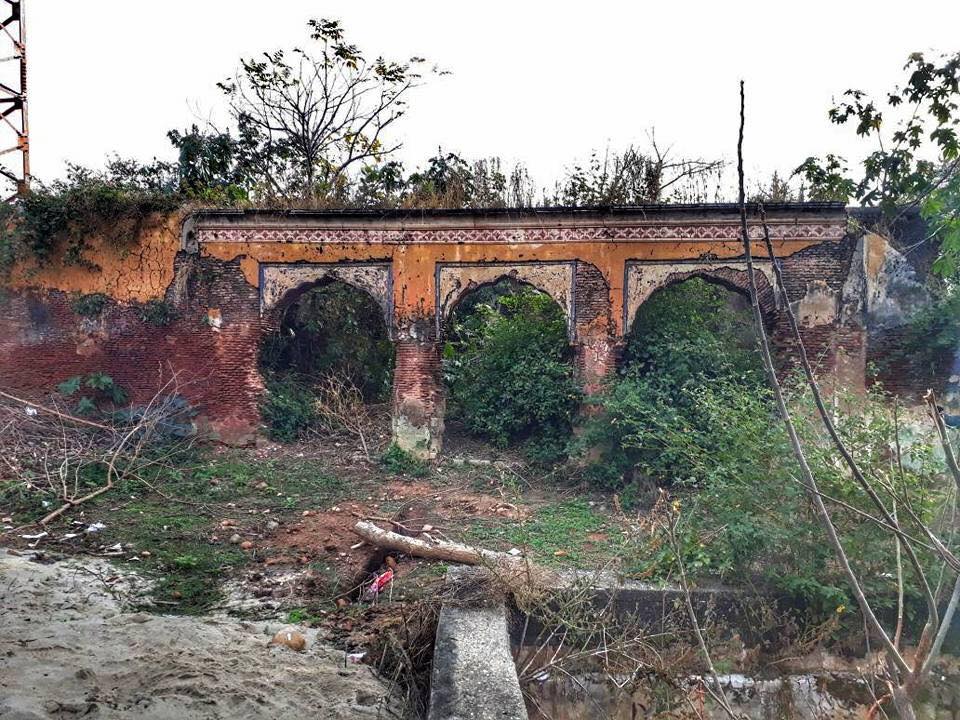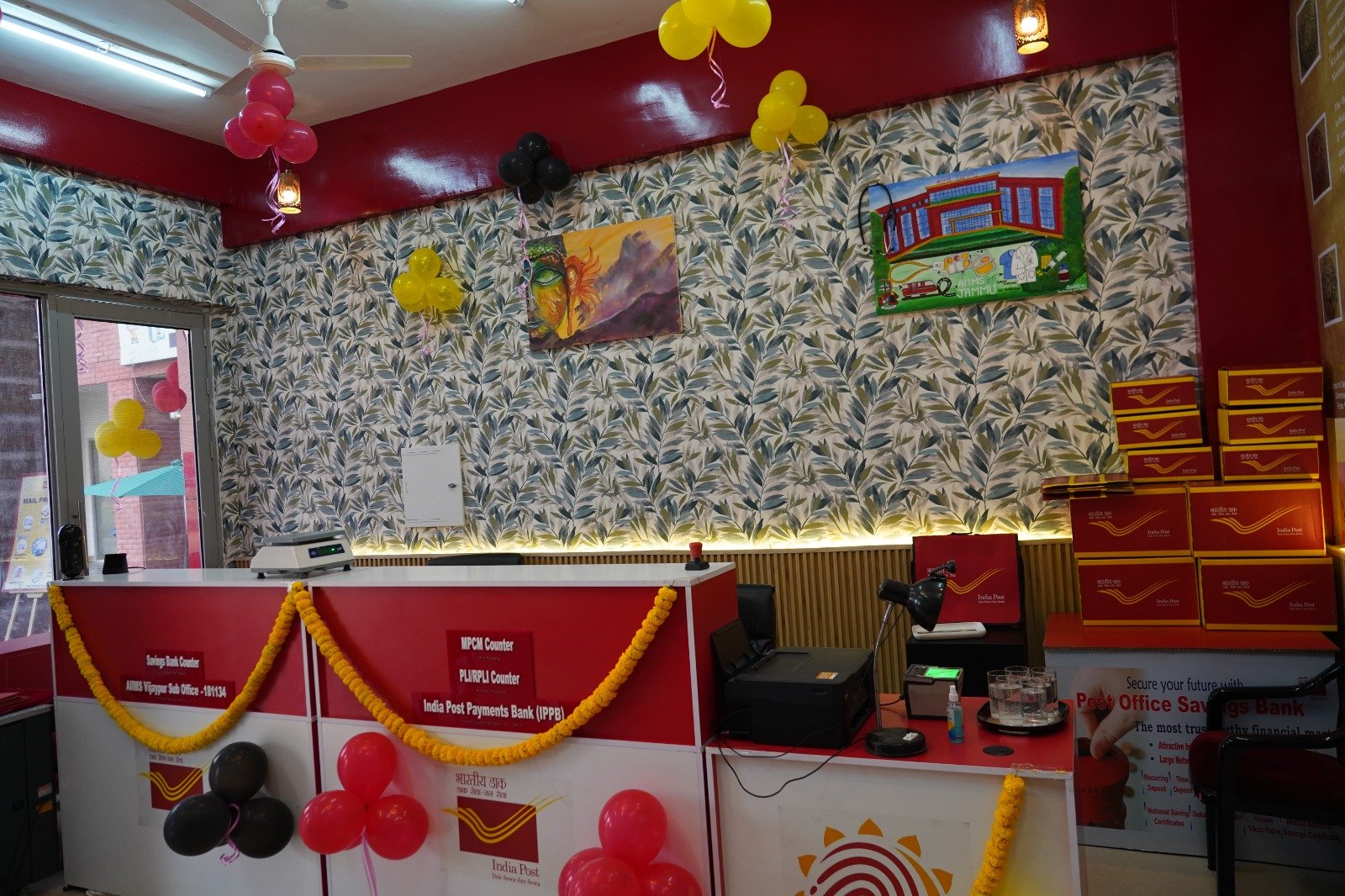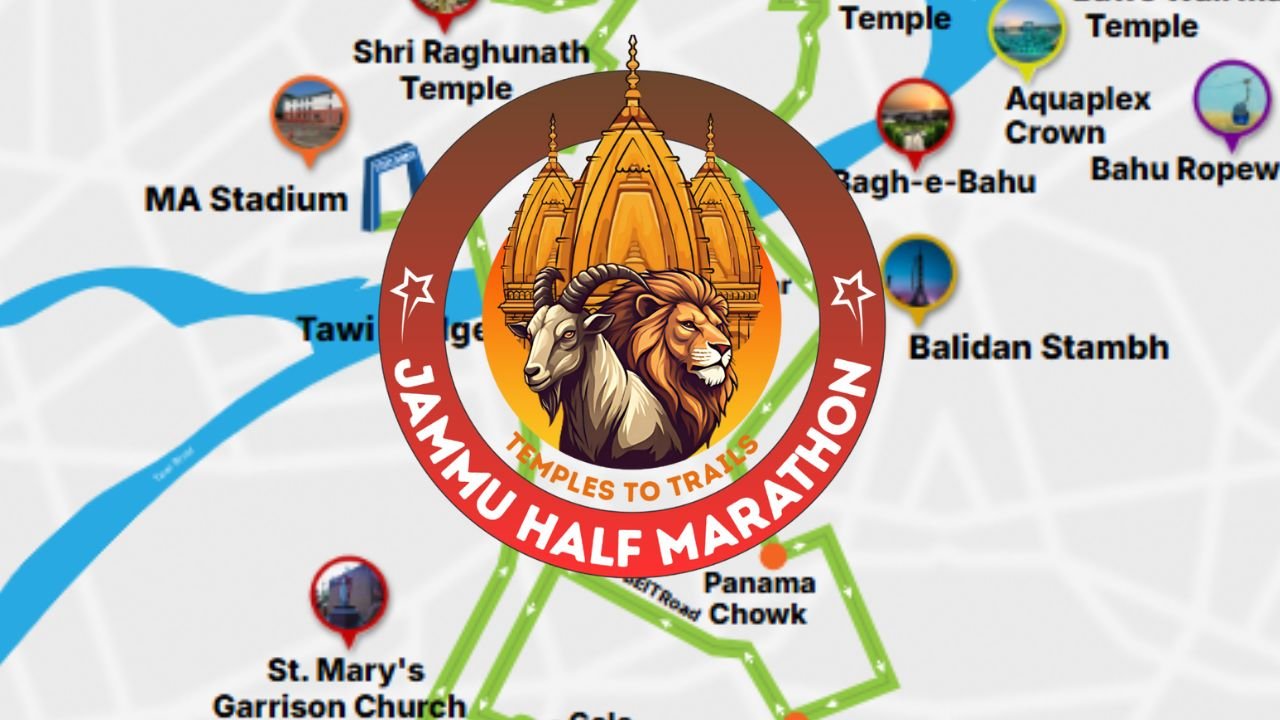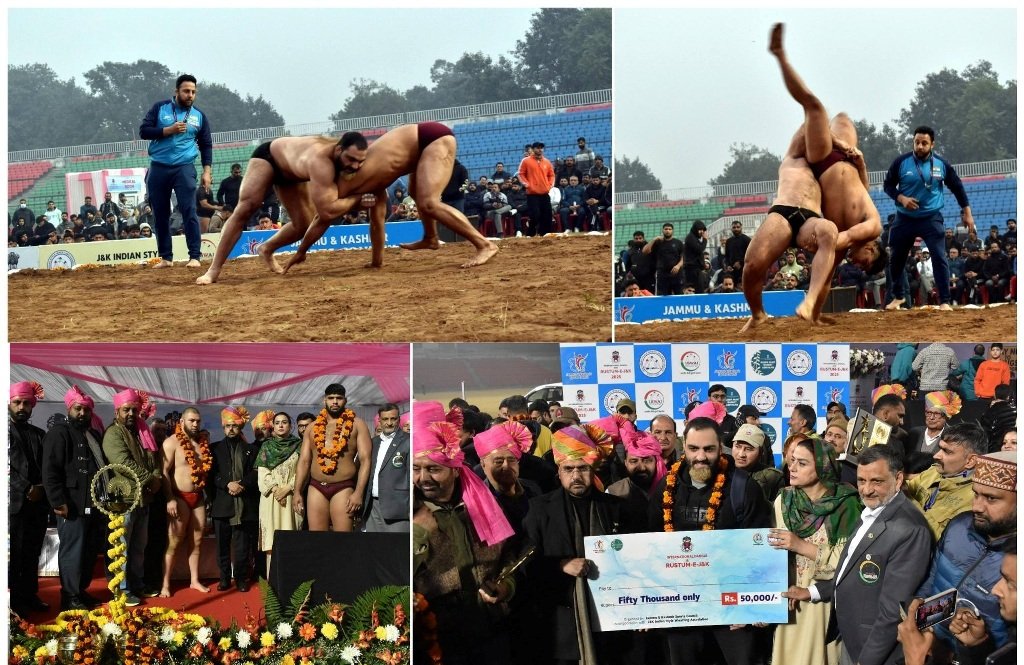In Dogri, a small fortress is called as Kaleeth and this was how the fortress came to be called as Kaleeth fort. Here are few things to know about it:
- According to Misal Haqiyat (the original record of rights) compiled after land settlement during Dogra rule in the year 1985-86 Bikrami i.e. 1929 A.D. ,the fortress is situated on a land measuring ten and half kanals of land.
- The fortress was built by the Bhau clan of Rajputs during medieval times.

- The Bhau dynasty, at one time, held sway over a principality extending from Jourian to Manawar in the west.
- The Kaleeth fortress was a part of a chain of forts extending from Mangla Devi in Nowshera, to Kaleeth, Ghar and Akhnoor and secured the western frontiers of Jammu region from foreign invasions.
- The strategic location of this fortress provided a formidable defence to its rulers.
- Surrounded by plains on three sides the fortress was built on a hillock and had a commanding view of Jourian, Khour, Chhamb, Manawar Tawi and Chenab.
- The fortress was made virtually impregnable by the existence of cliffs on the base of which Louaki Khad flows on the western and northern sides. On the north eastern side a thick jungle provided both protection and secure escape route during a siege.
- On the eastern side, a ditch filled with water made it impossible to breach the fortifications. Walls secured the front of the fortress on the southern side over 20 feet in height and four feet in thickness at the base.
Read also: About Most Expensive Mushroom from Jammu & Kashmir - From medieval times till 1947 Kaleeth was a major trading centre and the fortress afforded protection to a bustling market established in its foreground.
- The fortress was located on a major trading route extending from Sialkot–Sohal to Akhnoor.
- Similarly, it was a major trading post on Sialkot–Kaleeth–Thandi Choi–Dori Dager route connecting plains with remote hilly areas.
- Milk products and farm produce sourced from hills were traded in return for salt, Jaggery, edible oil, cloth, tobacco, etc. produced in the undivided Punjab.
- Even people from Chhamb, Deva, Batala and Bhimber came to Kaleeth market for trading their provisions.
- The fortress is also witness to tribal invasion of 1948 when it became a refuge for the people of adjoining areas. The fortress was attacked, looted, pillaged and then put on fire by the tribal invaders.
- The fortress again provided refuge for refugees of Deva during Indo-Pak war of 1965. During the occupation of enemy, the fort was extensively damaged.
Like a faithful sentinel, the fortress has remained a witness to centuries of political, social and economic upheavals in this region. With the passage of time, it is fast fading into oblivion from the cultural landscape of the Dogras. The inability of the descendants to protect and preserve, family feuds, division of property and general neglect had a debilitating effect on this monument.
It is imperative that this monument be brought under the aegis of Archaeological Survey of India or preserved under Jammu & Kashmir Heritage, Conservation and Preservation Act of 2010 as a tangible asset of great historical value.
In order to preserve the rich legacy of Dogra culture, it is important that the once famous but now forgotten Kaleeth fortress must get its rightful place as a major historical monument before it disappears into the sands of time.
















